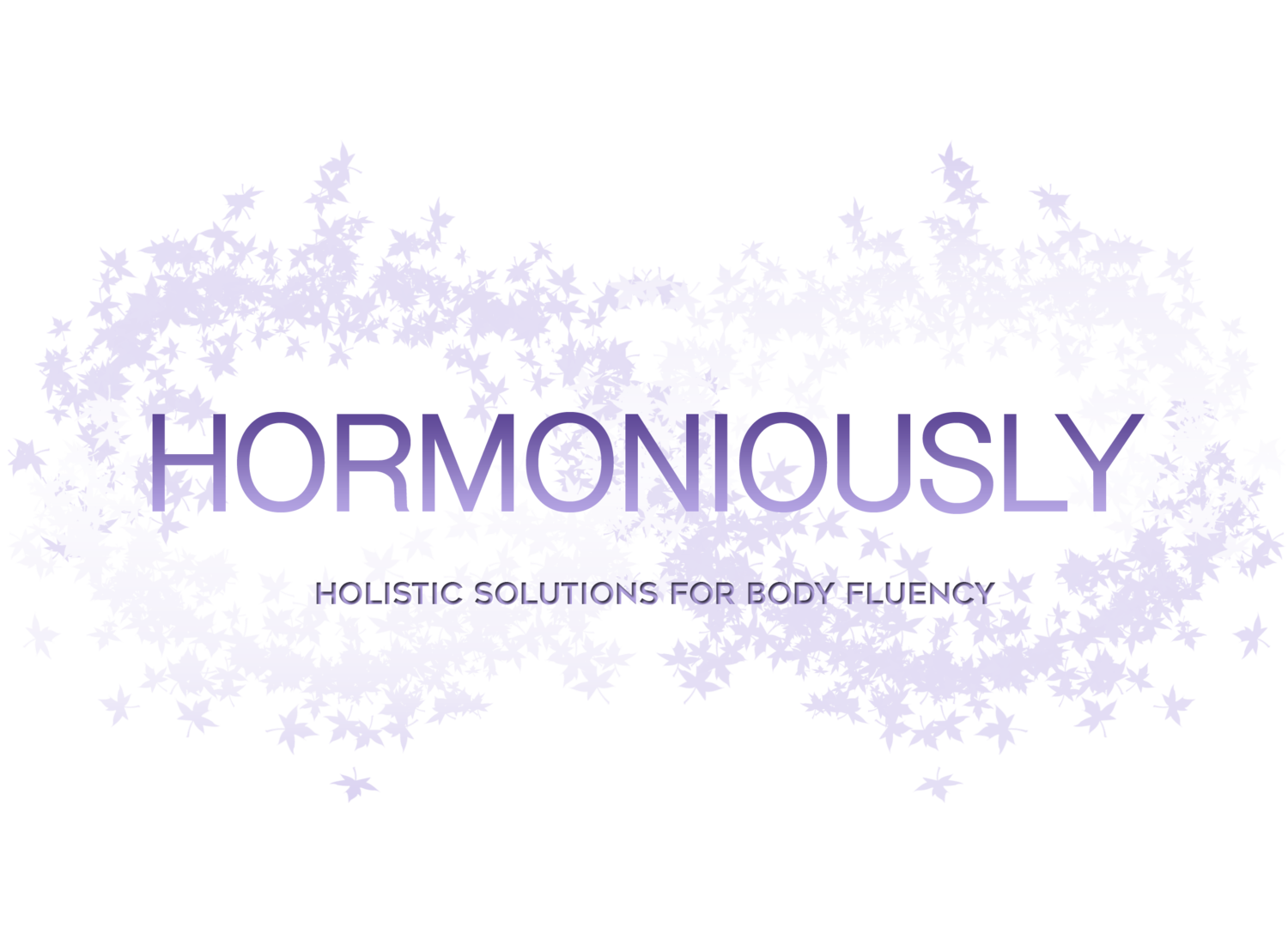Confidence in our bodies can vary day to day. Something that can very quickly erode body confidence is when we feel our body isn’t doing what it ‘should’. As September is PCOS awareness month, I wanted to dig into what’s going on with PCOS and what kind of lifestyle change you might want to put in place if you want to manage your symptoms.
PCOS stands for polycystic ovarian syndrome – a condition that can include some or all of the following symptoms:
Irregular menstrual cycles,
Weight gain and/or difficulty losing weight
Decrease in breast size,
Hirsutism (aka dark, coarse hair growth on the face and body)
Acne (especially along jaw line)
Anovulatory cycles (lack of ovulation)
Thinning hair on the scalp
Fatigue and sleep issues
PCOS – where to begin.
Polycystic ovarian syndrome is a touch misunderstood. Essentially the problem is high androgen hormones and a lack of ovulation, which results in the characteristic symptoms we associate with the condition. What is less spoken about are the different contributing factors behind the condition, and the fact that the name of the condition could be considered a bit misleading. A very common problem is that individuals are told to lose weight and eat less (too simplistic, unsurprisingly) but if you are undernourished, especially not getting enough starchy carbs, you will also stop ovulating, so you’ve still got the issue of anovulation, only now it’s got a different cause.
What’s in a name?
Polycystic Ovarian Syndrome suggests cysts on the ovaries – wouldn’t you say? In fact, what shows up on scans is over developed ovarian follicles. Our follicles are what releases an egg during ovulation – it is normal for multiple to develop at the same time, my favourite analogy is that its a beauty pageant type situation, the winner releases the egg. However, in PCOS, the ovulation isn’t always happening, resulting in the ‘string of pearl’ appearance of the ovaries, a series of follicles. An ovarian cyst is a fluid filled sack that grows on an ovary, being diagnosed with an ovarian cyst does not technically mean you have polycystic ovaries.
Sub-Types of PCOS
In order to have PCOS, you need to have a susceptibility to it, however, there are different contributing factors that will be driving the symptoms. In order to effectively address your symptoms, you need to get to the bottom of what’s driving it. Technically, if you get to the point that you’re not showing symptoms, you’re not in a PCOS state anymore, however, you’ll still have a susceptibility to it. The 4 main drivers, or sub-types of PCOS, coined by Dr. Lara Briden, are insulin resistance, inflammation, adrenal androgens and post-pill PCOS. In order to determine your sub-type, you can work with a functional medicine doctor, nutritional therapist or naturopath who can support you to get to the root cause of your symptoms.
Insulin Resistant PCOS
Insulin resistance is a state of high insulin - your body isn’t responding to insulin and its feedback mechanism then produces MORE insulin.
High insulin drives up androgen levels.
Symptoms of Insulin Resistance can include but aren’t limited to:
extreme thirst or hunger
feeling hungry even after a meal
increased or frequent urination
tingling sensations in hands or feet
feeling more tired than usual
frequent infections
Inflammatory PCOS
Inflammation can push up Testosterone levels (an androgen). If inflammation is a main driver it’s important to get to the cause of the inflammation and address it.
Some symptoms that might suggest inflammatory PCOS are:
Joint pain
Digestive Issues
Headaches
Inflammatory Skin issues
Adrenal PCOS
Best known for the stress response, the adrenals also produce some of our sex hormones and the precursors to them. If the only elevated androgen is DHEA-S, this suggests the adrenals are over-producing DHEA-S, this is normally determined by genetics but can be modified with lifestyle and supplements.
Signs and symptoms are all PCOS-type symptoms.
Post-pill PCOS
Some forms of the pill suppress androgens, the body then wants to produce more androgens, the pill then continues to suppress. The result when you come off can be a temporary increase in androgen production.
If periods were regular before taking hormonal birth control, your PCOS could be post-pill.
Lifestyle factors to manage your symptoms:
Firstly, if you have symptoms of insulin resistance, it is really important to seek the support of your GP to help you manage this, alongside making lifestyle changes.
Insulin Resistant PCOS
Avoid high sugar foods and drinks e.g. soft drinks, desserts (even with natural sugars)
Strength Training to increase insulin sensitivity
Increase Magnesium-rich foods - Speak to a practitioner to consider supplementation
Inflammatory PCOS
Identify foods that drive inflammation for you
Address digestive symptoms (you can work with a nutritional therapist or naturopath to support you)
Zinc-rich foods - Speak to a practitioner to consider supplementation
Adrenal PCOS
Address your stress levels - both perception of stress and implementing activities that help support your stress response
Reduce food and drinks that put a strain on your stress response (caffeine, alcohol, excess sugar)
Speak to a practitioner about supplements to support your stress response
Post Pill PCOS
Patience (sorry, I know that one is annoying)
Eat enough - under nourishing is a nightmare for healthy ovulation
Zinc-rich foods - Speak to a practitioner to consider supplementation
The above are a starting point, if you have had a PCOS diagnosis and you’re struggling with seeing an improvement and you feel like you need support alongside what you’re getting from your GP then know that there is help available and you don’t need to do it alone.





